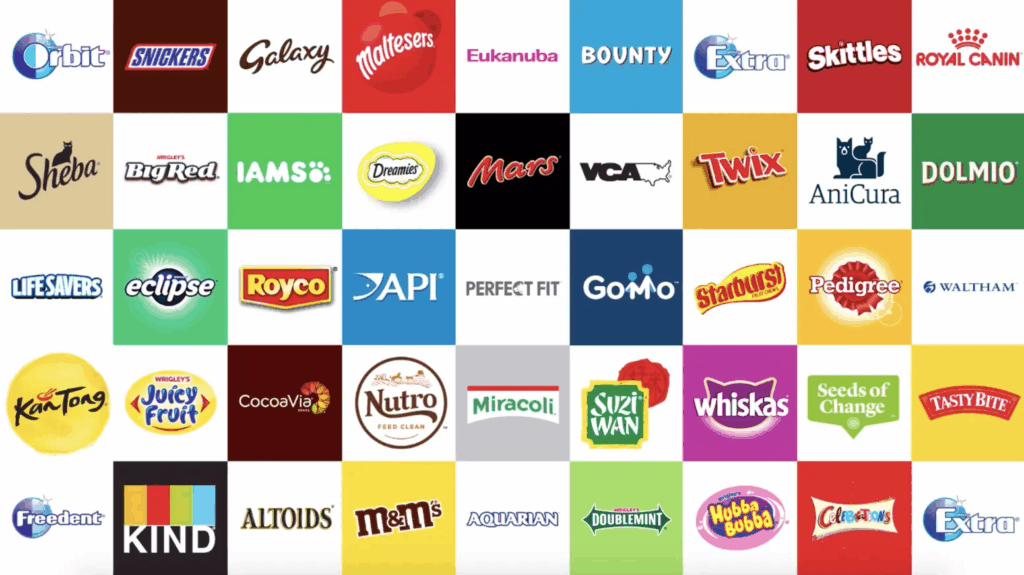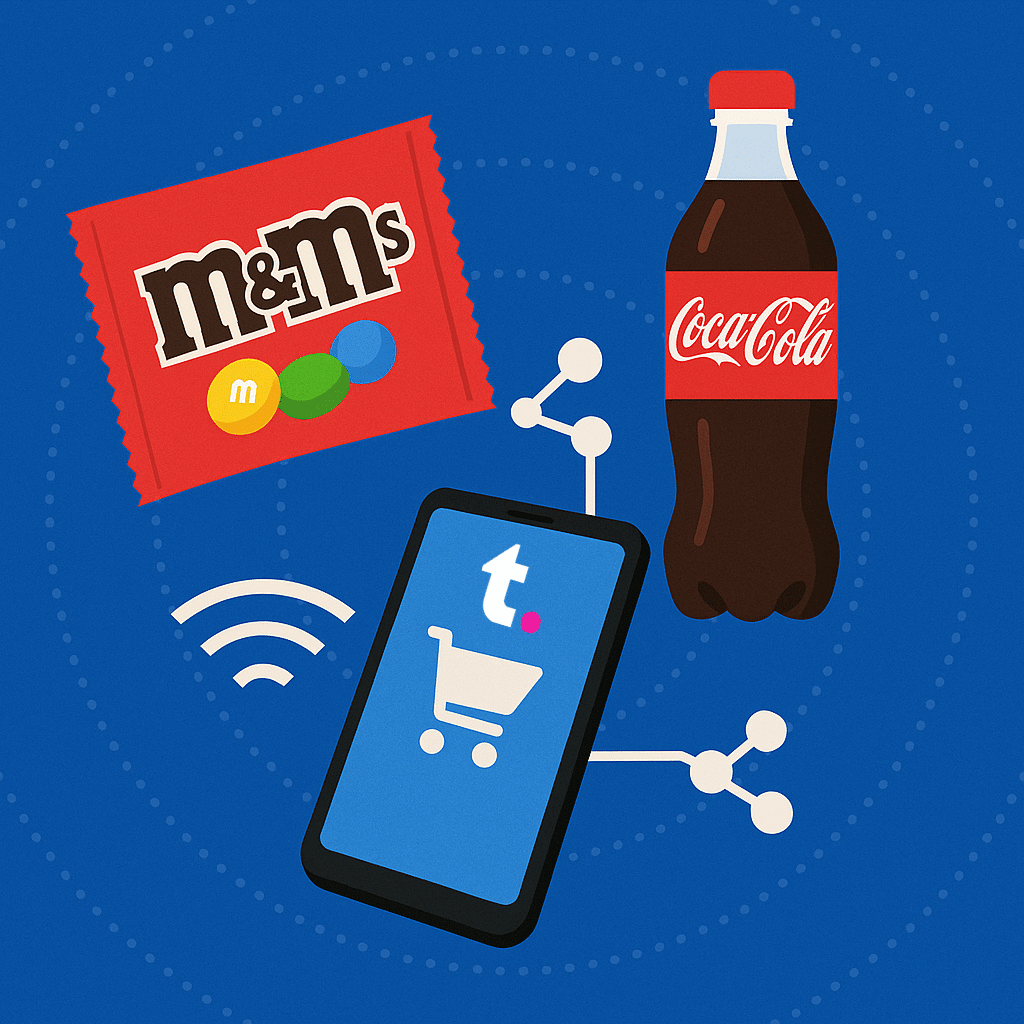Retail media isn’t just a tactical add-on – it’s fast becoming a cornerstone of the modern media mix. As third-party cookies disappear, attention fragments, and brand loyalty becomes harder to earn, marketers need media that does more than just broadcast. They need media that connects directly to the consumer, closer to the point of decision, and delivers measurable outcomes.
That’s why retail media is on fire.
It combines reach with relevance, performance with proof – making it one of the only channels where media and commerce truly converge. For global brands like Mars and Coca‑Cola, retail media delivers what traditional media can’t: real-time intent, verified audiences, and closed-loop measurement, all within the walls of their biggest retail partners.
Retail media should no longer be siloed as shopper marketing or trade spend. It belongs squarely in the core campaign planning conversation – alongside search, social, CTV, and programmatic – because it fuels everything from awareness to action, with the data to prove it.
The Moves That Set Brands Like Mars & Coca‑Cola Apart
Mars: From Shelf to Signal
Mars has embraced retail media to get closer to both the point of sale and the point of intent. One standout example is its partnership with Glovo, where Mars achieved over 50% sales growth by leveraging retail media formats to influence buyers at critical touchpoints.

The strategy involved deploying exclusive audience segments, securing high-visibility placements, and offering multi-layered promotions – effectively turning a delivery app into a full-funnel commerce channel. Mars now designs campaigns that span from in-app banners to delivery packaging, creating a seamless connection between media exposure and actual moments of consumption.

Coca‑Cola: Owning the Aisle (and Beyond)
Coca‑Cola is aggressively scaling its retail media efforts across more than 25 networks, including Walmart, Kroger, Amazon, and DoorDash. Its strategy centers around full-funnel orchestration, combining in-store digital signage with off-site channels like connected TV and social media – each powered by rich retail data.
A key strength lies in Coca‑Cola’s use of closed-loop measurement, enabling the brand to tie media impressions directly to in-store sales and optimize campaigns in real-time. On the creative front, Coca‑Cola is pushing boundaries with QR codes on packaging, immersive AR experiences, and branded content that links seamlessly to retail channels – blurring the line between product and platform.
Both Mars and Coca‑Cola reflect a broader industry shift: retail media isn’t a test anymore – it’s a core growth channel.
Why Brands Are Going All In
As digital budgets get scrutinised and every channel must prove its value, brands are shifting spend towards retail media – and not just because it’s trendy. They’re doubling down because it delivers results. Here’s why leading marketers are going all in:
Extending Success Beyond Retail
But the most innovative brands aren’t stopping at the store – they’re taking the retail media playbook into entirely new arenas.
For brands like Mars and Coca‑Cola, the power of retail media lies in its ability to engage consumers at the moment of decision and prove its impact at the point of sale. But that impact doesn’t need to end at the supermarket shelf or within a retail-owned app.
The most forward-thinking brands are now taking the core principles of retail media – first-party data, contextual relevance, and closed-loop measurement – and applying them to new, high-intent environments beyond traditional retail.
💸 Financial Media Networks offer a prime example. Banks, digital wallets, and fintech platforms like Revolut, Klarna, and Chase allow brands to reach users during everyday financial interactions – checking balances, making payments, or reviewing spending.
🏟️ Sports Media Networks present another opportunity, turning fan loyalty into a high-performing media environment. Clubs and leagues are increasingly acting as digital publishers, with their own apps, content hubs, and e-commerce integrations.
✈️ Travel Media Networks turning every phase of the travel journey into a high-impact media opportunity. Airlines, OTAs, hotel groups, and rail operators are evolving into full-fledged media platforms – with search, booking, check-in, in-flight, and loyalty touchpoints that are rich in intent and frequency. These platforms aren’t just destinations – they’re digital ecosystems – perfectly timed to moments of movement, relaxation, or celebration.
🛵 Delivery and Marketplace Media from Uber Eats to GoPuff and Instacart – are also becoming high-value touchpoints. These platforms aren’t just last-mile fulfilment services; they’re discovery engines, powered by real-time shopping intent.
By extending their retail media strategies beyond retail, Mars and Coca‑Cola aren’t just expanding reach – they’re replicating a proven performance model across every part of the consumer journey. It’s still retail media. Just without the retail.
One Strategy, Multiple Networks
Retail media sparked a revolution – blending commerce, data, and performance like never before. But for forward-thinking brands, that was just the starting point. The real innovation comes from taking that strategy and applying it across new networks.
It’s about turning any high-intent moment into a media moment by:
For Mars and Coca‑Cola, extending that strategy means unlocking new surfaces of engagement – without sacrificing accountability. These aren’t awareness channels; they’re performance media environments. The same signals. The same measurement. The same goal: conversion.
It’s not about replacing retail media. It’s about scaling its impact – and showing up wherever consumers spend, cheer, or check out.
Retail media is breaking out of the store – and reshaping the media landscape in the process.. Be ready to meet your customers wherever they are.
